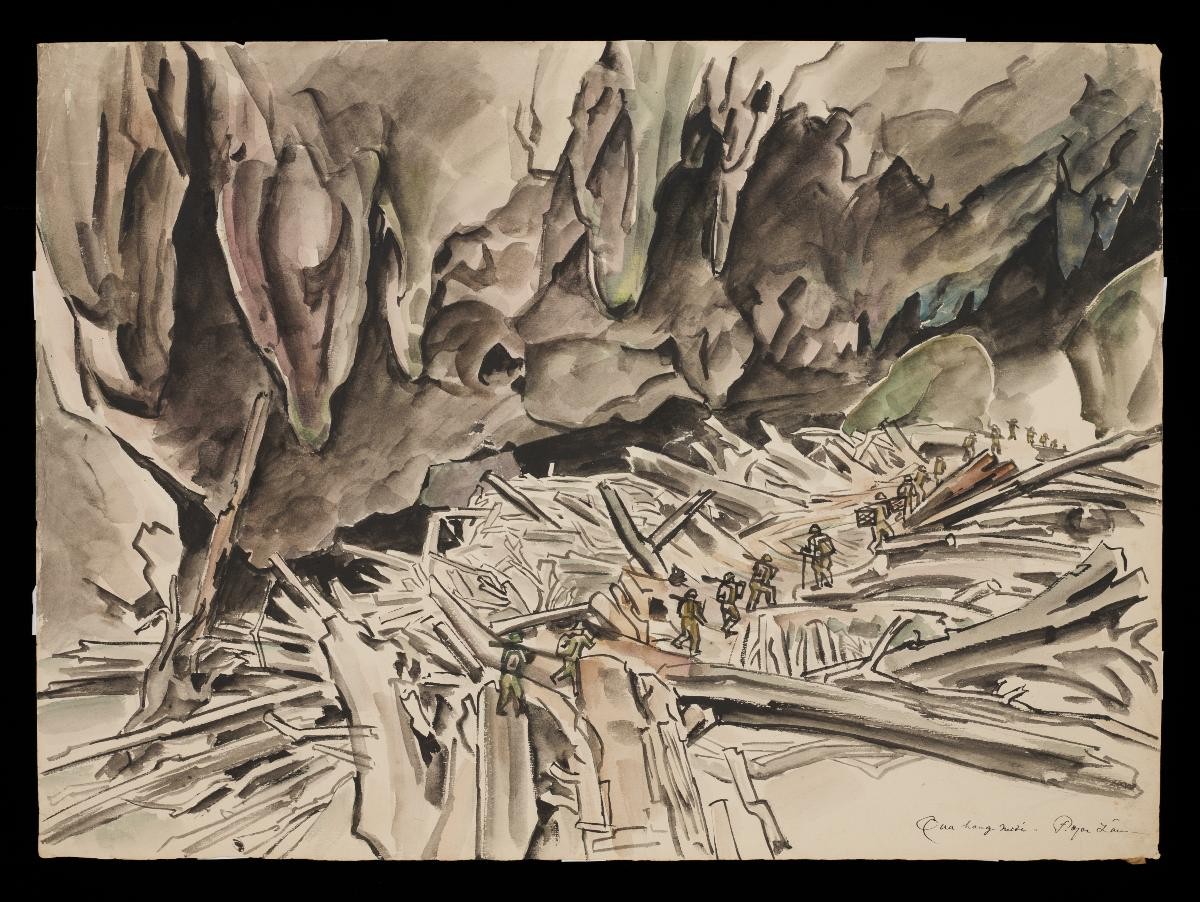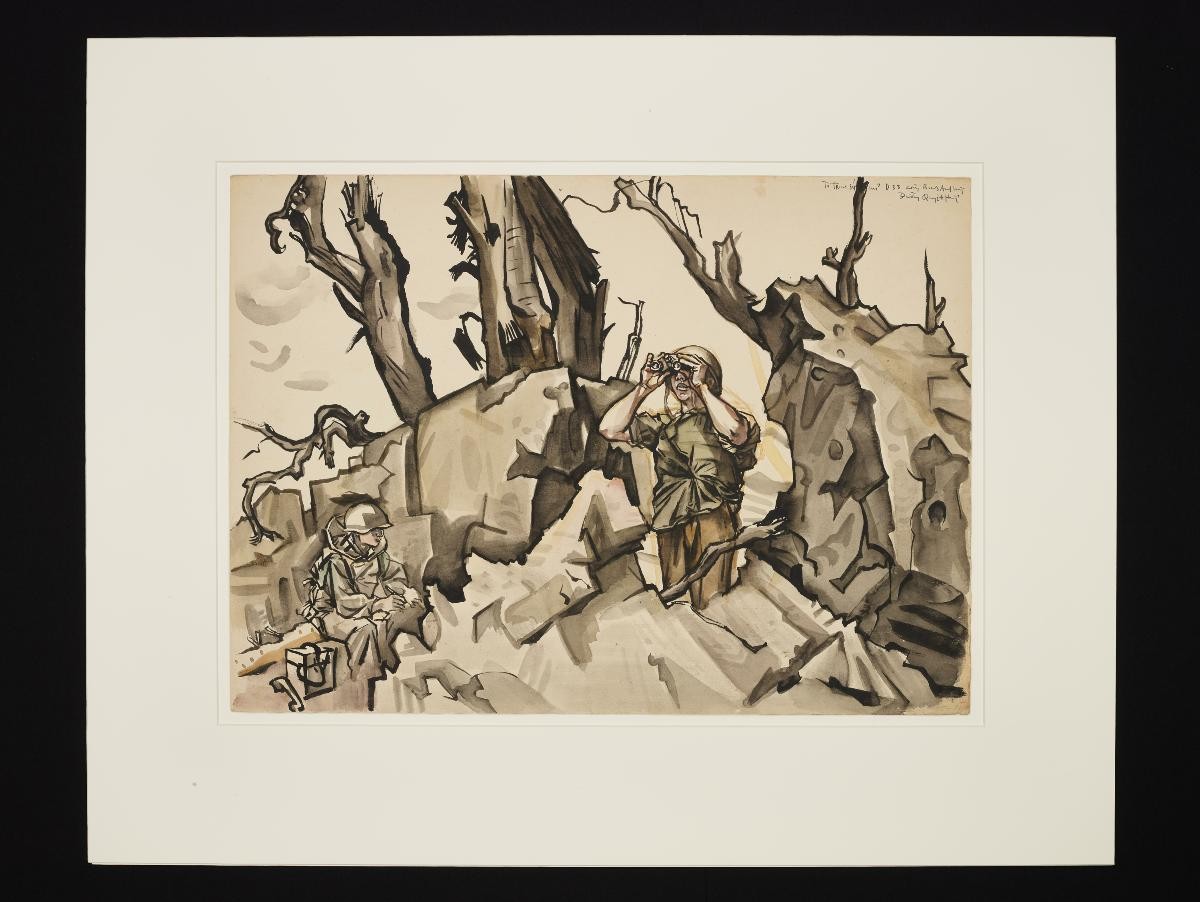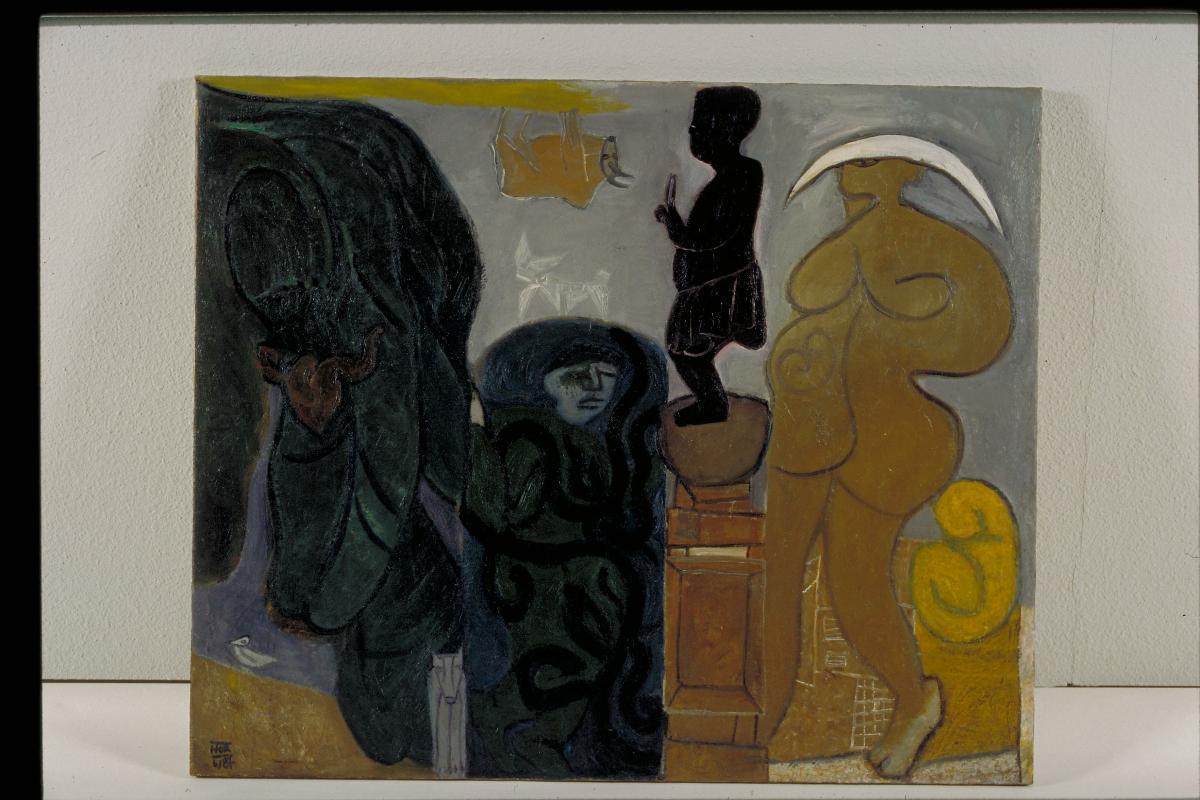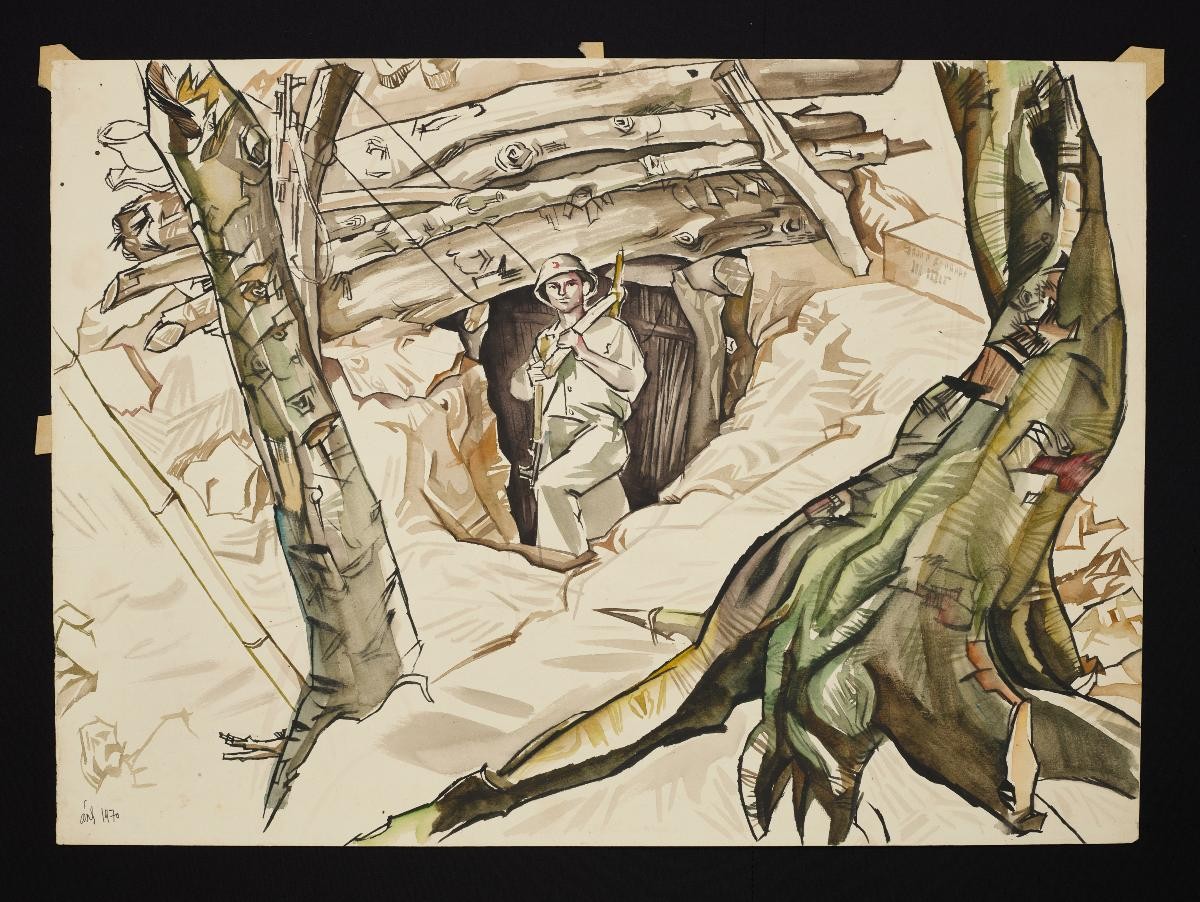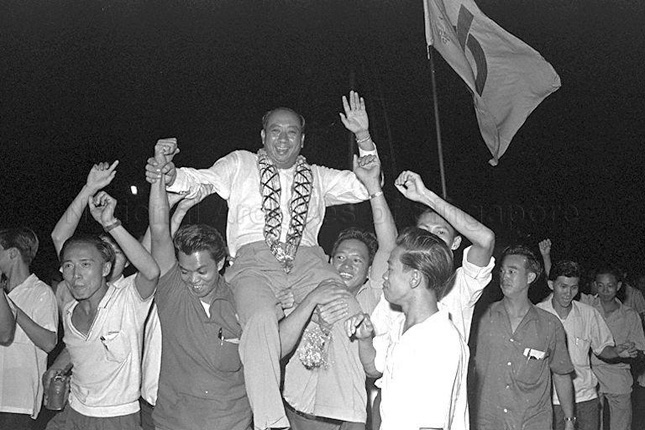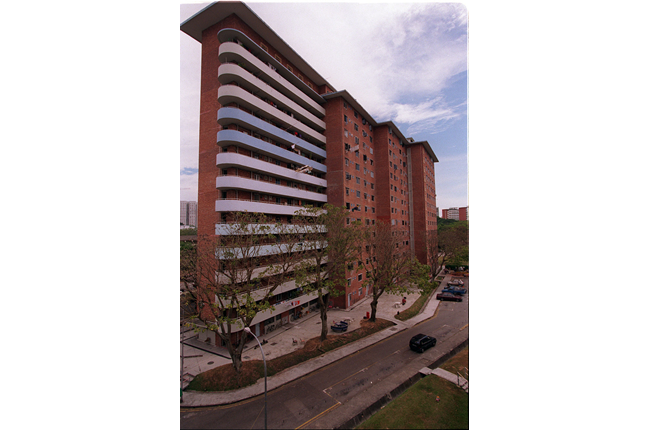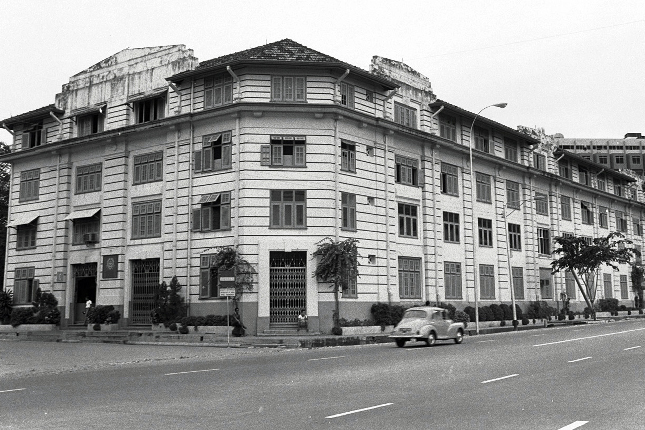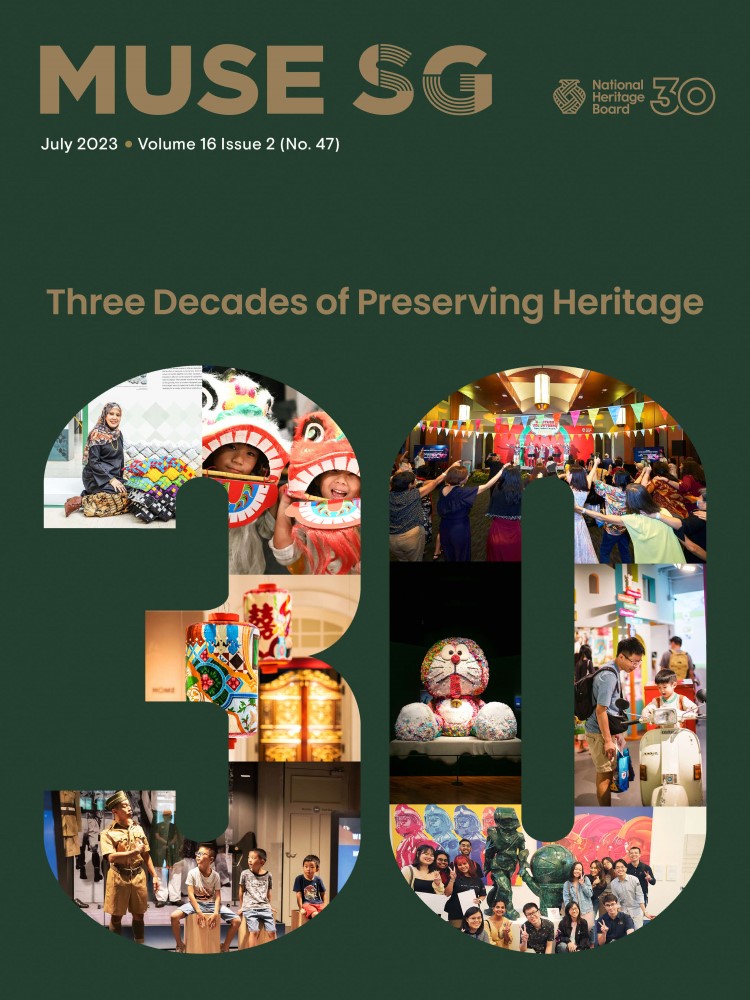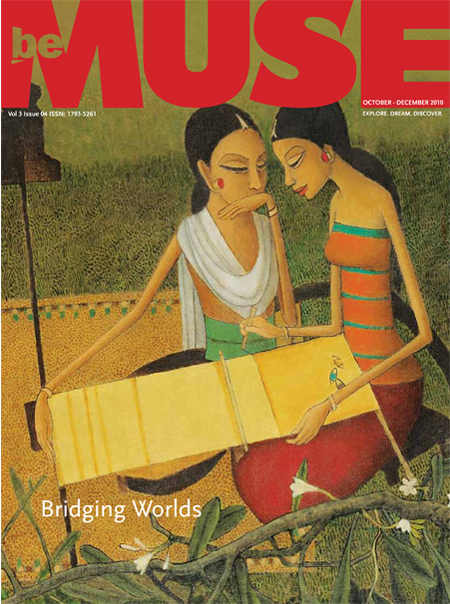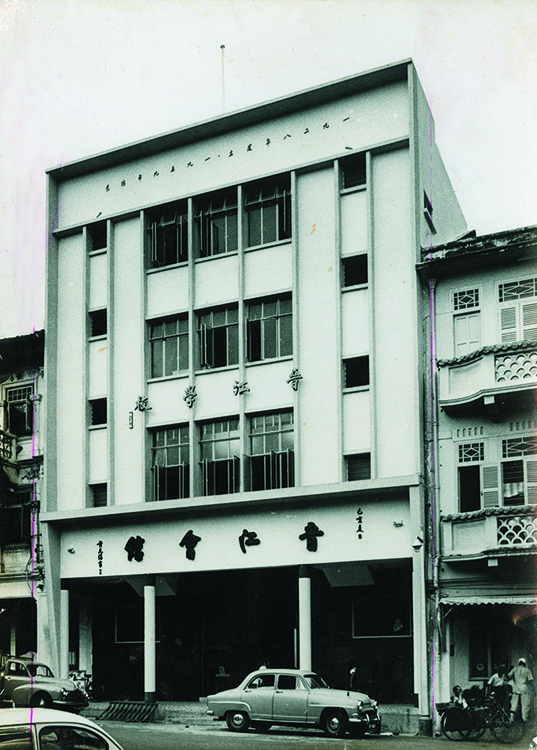Artists from Vietnam played an integral role in both the First Indochina War (1946-1954), where they fought for independence from French colonial rule, and the Second Indochina War (commonly known as the Vietnam War or the American War), which continued until 1975. Artists documented conditions for soldiers in the battlefields, as well as for civilians in the cities and the countryside. They also created propagandistic and sometimes romantic images to articulate and advocate ideological positions. In the Democratic Republic of Vietnam (DRV or North Vietnam), artists were employed by the military or the state; sometimes their works were created as personal mementoes, and sometimes they were exhibited or published during the wartime. According to interviews with the artist, the scene depicts soldier-engineers on the Trường Sơn Trail returning to the shelter of a cave after their work. The Trường Sơn Trail (also known as the Ho Chi Minh Trail) was the collective name for a network of trails and routes through the Trường Sơn mountains in Eastern Laos and Cambodia, via which the North Vietnamese army was able to clandestinely move into South Vietnam and transport vital supplies. Many trees were felled by the heavy bombing in this area, and during the rainy season, the blasted trees could be dragged along the river into the mouth of the cave. In this scene, the soldiers must cross through the destroyed trees, as well as through water inside the cave, to be able to reach shelter. This image shows the challenging conditions endured by soldiers active on the Ho Chi Minh Trail.While most art in the DRV followed a realistic style, as mandated by the official guidelines on art production, Bùi Quang Ánh's work nonetheless gives the impression of a defined personal style, characterised by the use of angular line and contrasting juxtapositions. The use of line and scale in this artwork give a dramatic impression of the destroyed landscape. This artwork is part of a significant collection of drawings, sketches, paintings, posters and photographs in Singapore’s National Collection. These works reflect the diversity of artistic production during the First and Second Indochina Wars among artists affiliated with the communist side of the conflict. Many key figures active as war artists during this period have also had a lasting impact on the development of modern art in Vietnam and beyond.




